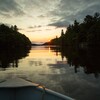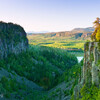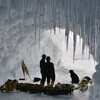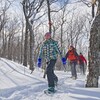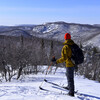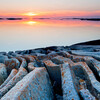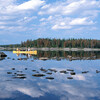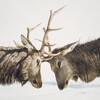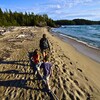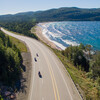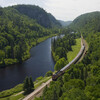
Ski the Sleeping Giant
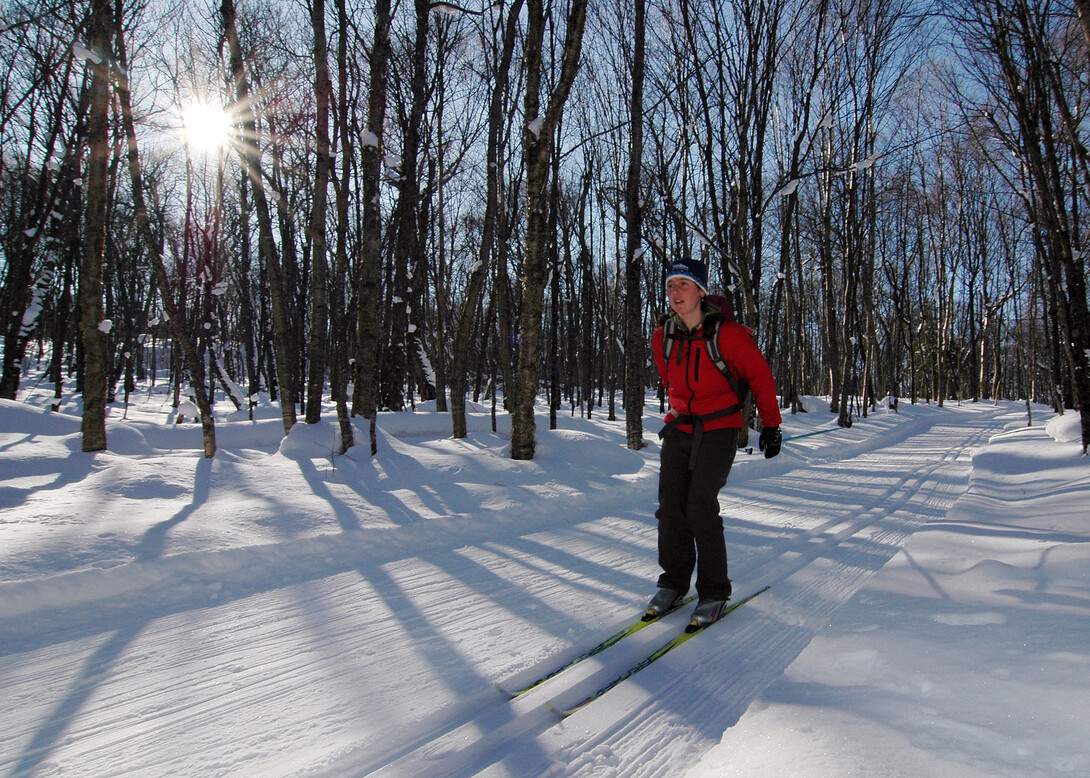
Once upon a time, Nordic skiing was a wilderness pursuit. Trails tunneled through snow-laden spruce; skiers were just as likely to encounter a moose as they were another human being; and there was no Spandex or carbon fibre, only woolen sweaters and graceful wooden skis. For a taste of that Nordic legacy, I travelled to Thunder Bay and visited Sleeping Giant Provincial Park. However, I elected to bring my modern skate-skis and left my vintage apparel at home.
I believe a great day of skiing starts with a great breakfast. In Thunder Bay, that means a feast of Finnish pancakes at the Hoito Restaurant, located in the city’s downtown core. Northwestern Ontario is said to be home to the world’s largest Finnish population outside Finland—a key part of Thunder Bay’s cultural heritage that’s made the region a Nordic hotbed. Locals looking for a quick ski fix visit Kamview or Lappe, two outstanding trail networks within 15 minutes of downtown. A third ski area at Kakabeka Falls, 25 minutes out of town, is stunning with its icecloaked cascades. Sleeping Giant is the best of the bunch, with 50 kilometers, or just over 30 miles, of trails looping through the rugged hills of the Sibley Peninsula, an hour’s drive east of the city.

With 50 kilometres of groomed cross-country ski trails, Sleeping Giant Provincial Park has the largest network of trails in Northwestern Ontario.
Marie Louise Lake, the site of a provincial park campground in the summer months, is the gateway to Sleeping Giant in winter. It’s a sunny March morning—perfect conditions—so I decide to tackle the challenging Pickerel and Burma loop. One glance at the map reveals that this is big country: Sleeping Giant’s trails form a massive figure of eight across a swath of boreal forest. Beginners are advised to stick to the easy two km loop near the visitor centre or to plan out-and-back journeys in the vicinity of main access point. For an experience that ranges from congenial to competitive, sign up for the Sleeping Giant Loppet, a recreational ski event that celebrates its 40th anniversary in March 2017 and features eight-, 20-, 35- and 50-km ski tours.
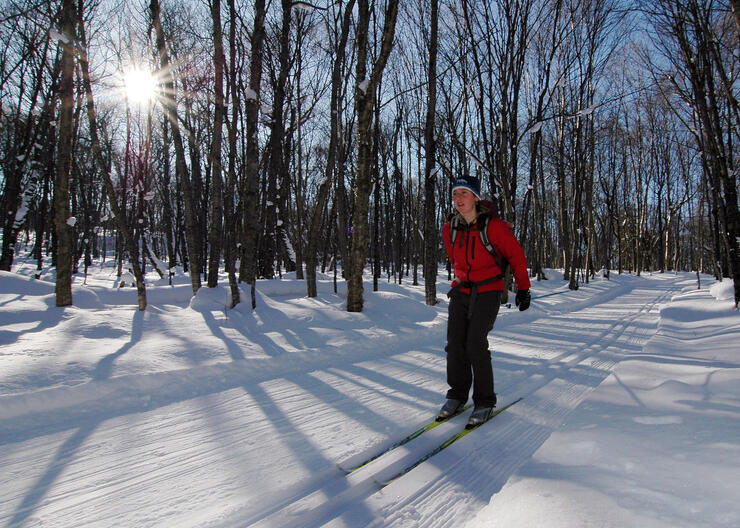
Sleeping Giant’s ski trails bisect a transitional forest where hardwoods like maple give way to the spruce and birch forests of northern Canada.
Soon, I fall into the exhilarating skate-skiing rhythm that comes with a combination of perfect spring snow conditions and mild temperatures. The trail follows a wooded corridor, at times opening up with sweeping views of the Sleeping Giant. It’s at one such lookout that I encounter another skier, the only person I meet on the trails. The stunning landscape curbs conversation. We nod in greeting, and gaze at the flat-topped profile of Thunder Bay’s iconic landform.
Recommended Articles
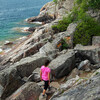
Ancient Art Galleries
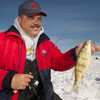
Black Bay Perch
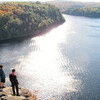
Top 5 Things To Do In Restoule Provincial Park
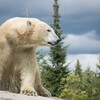
The Polar Bear Necessities
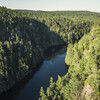
You Don’t Have To Rough It To Enjoy It
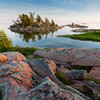
Can’t Get Enough of Killarney
Arrowhead's Winter Wonderland
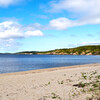
Sun’s Out, Water Guns Out
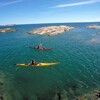
Paddling Adventures in Northeastern Ontario

Picturesque Adventures in Explorers’ Edge
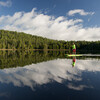
A Dozen Ways to Fill Your Days

Tackling the Trails of Explorers' Edge

Awaken to the Wonders of the Sleeping Giant
A moms-and-daughters adventure
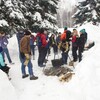
7 Ways to Stay Warm in the Soo
